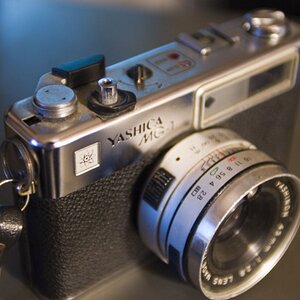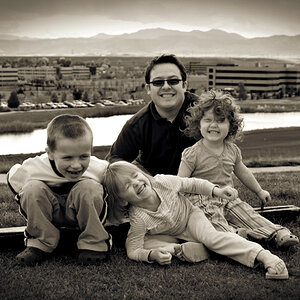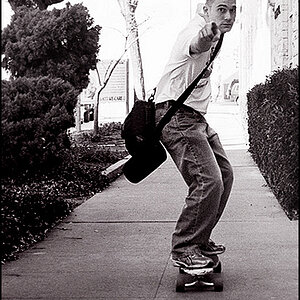MarcGonsalves
TPF Noob!
- Joined
- Oct 24, 2010
- Messages
- 18
- Reaction score
- 0
- Location
- Rhode Island
- Can others edit my Photos
- Photos OK to edit
So I was looking in the tutorial thread, but it seems that most everything is DSLR around here. (Which was expected) I recently got a Canon SX210 IS. It's my first camera so obviously I love it so far, but theres a lot of stuff i don't know how to use. As the title says manual mode and aperture priority mode are two of them. I know they obviously have to do with your aperture and shutter speed and stuff like that. I however don't know what those do. So if anyone can answer some basic quesitons, I would greatly appreciate it. Such as:
What does a low aperture do?
A high aperture?
What do the different shutter speeds do for me?
How can these make a picture better or worse.
Thank you very much for any and all help.
What does a low aperture do?
A high aperture?
What do the different shutter speeds do for me?
How can these make a picture better or worse.
Thank you very much for any and all help.



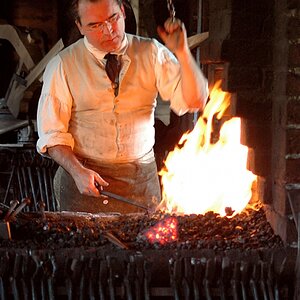
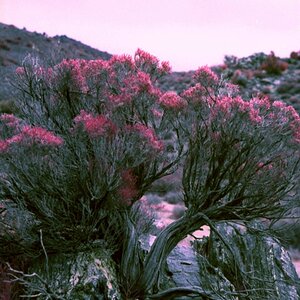
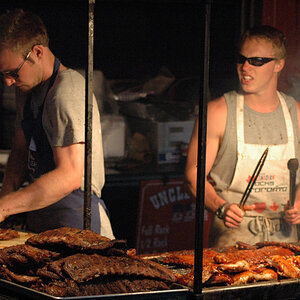
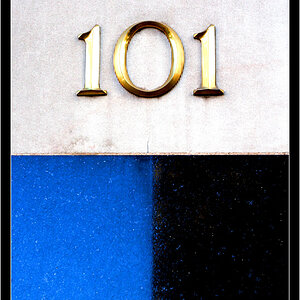
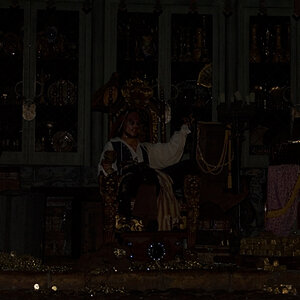
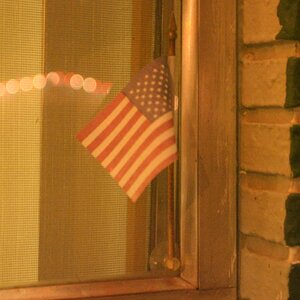
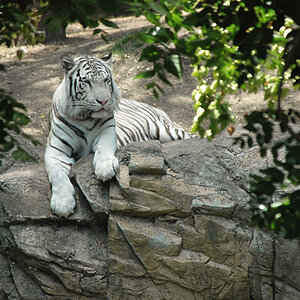
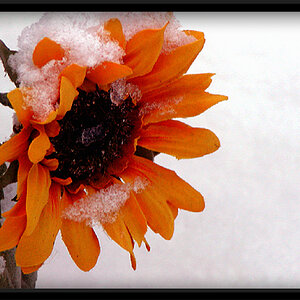
![[No title]](/data/xfmg/thumbnail/30/30989-2ed4e52fa80fcd0ba553c515ffc589cd.jpg?1619734553)
